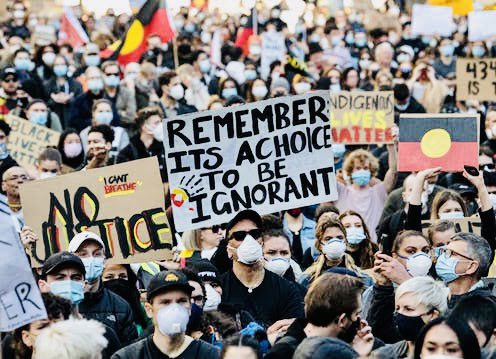
Is it appropriate to give Tharnicaa a voice? Firstly, I would like everyone to know that I consulted #HomeToBilo when I began the daily questions. Their parents know I ask them. #HomeToBilo regularly speaks to them and shares your support. 1/7 #TimeForAHome #HomeToBilo #Auspol
Secondly, I have tried to be very careful what questions I ask. By keeping them simple. Importantly, I have never answered on their behalf. I only ask. The idea was inspired by ‘Writing Through Fences’ where Australians and people in Immigration detentions became pen pals. 2/7
The intentions of this campaign are to: give Tharnicaa and Kopika a voice; raise awareness of Australia’s cruel and unlawful refugee policy; create a way they have thousands of messages of support; and humanise those we have too often been conditioned to see as a threat. 3/7
I hope the public understands that these are my only intentions. I mean no harm to anyone in anyway, nor do I intend to take away someone’s own personality. Like I said, I do not answer for them. I only ask. Each person has a unique personality and this must be respected. 4/7
This campaign has taught me just how many Australians from all different backgrounds care and that more are now beginning to. Refugees, psychologists, nurses, doctors, principals, lawyers, professors, politicians, activists, media, and more have shared these daily questions. 5/7
Along with many other campaigns, this idea has helped many people to understand more about Australia’s cruel and unlawful refugee system. The collective vision is to raise awareness and action to end this regime and replace it with a humane, lawful and evidence based one. 6/7
Lastly, there’s always risk in anything. But if I do not give them a voice who will? The Morrison Government won’t. Please accept my apology if I have offended you. I do consider these factors since day one and I do believe that the questions are more helpful than harmful. 7/7
@threadreaderapp please unroll.
• • •
Missing some Tweet in this thread? You can try to
force a refresh





